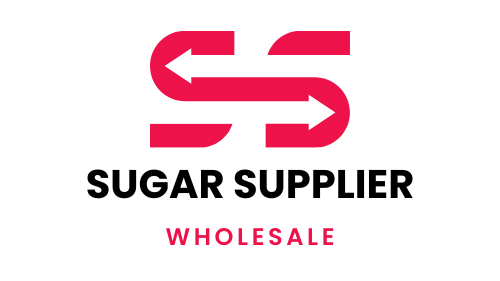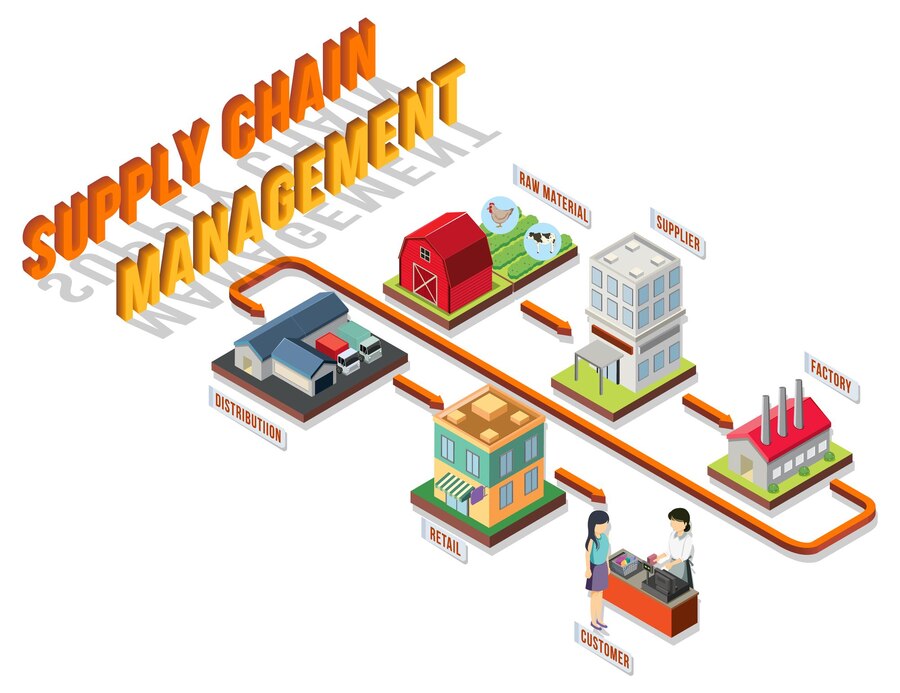Effective supply chain management is essential for the success of any business, particularly where logistics play a crucial role. We’ll delve into case studies of successful sugar supply management, exploring key strategies, lessons learned, and their application in logistics.
Successful Management
Successful sugar supply chain management involves the seamless coordination of various activities, from sourcing raw materials to delivering the final product to customers. Companies that excel in this area prioritize efficiency, transparency, and collaboration across the entire supply chain network.
Key Strategies
Several key strategies contribute to successful sugar supply chain management. These include: Companies leverage advanced technologies such as IoT devices, data analytics, and blockchain to enhance visibility, optimize inventory management, and ensure traceability throughout the supply chain. Collaboration with reliable suppliers, distributors, and logistics providers enables companies to streamline operations, reduce costs, and mitigate risks. Accurate demand forecasting allows companies to anticipate customer needs, optimize production schedules, and maintain optimal inventory levels. Proactive risk management strategies help companies identify potential disruptions and implement contingency plans to minimize their impact on operations.
Lessons Learned
Through case studies of successful sugar supply chain management, companies have gleaned valuable lessons that can inform future strategies. These include the importance of flexibility and adaptability in response to changing market dynamics, the need for continuous improvement and innovation to stay ahead of the competition, and the significance of building strong relationships with stakeholders across the supply chain.
Application in Logistics
The lessons learned from successful sugar supply chain management case studies have direct implications for logistics operations. By implementing best practices in demand forecasting, risk management, and technology integration, logistics providers can enhance efficiency, reduce costs, and improve customer satisfaction.
Challenges
Despite its numerous benefits, technology implementation in sugar supply chains is not without its challenges. Common obstacles include high initial investment costs, compatibility issues with existing systems, and cybersecurity concerns. Additionally, resistance to change and limited digital literacy among workforce members may hinder the adoption of new technologies.
Conclusion
In conclusion, successful sugar supply chain management requires a holistic approach that encompasses strategic planning, collaboration, and the adoption of innovative technologies. By studying case studies of companies that have excelled in this area, businesses can gain valuable insights and implement strategies to optimize their own supply chain operations. For further insights into risk management strategies in sugar logistics, check out our blog post on risk management strategies in sugar logistics. Additionally, learn about forecasting demand in the sugar supply chain in our blog post on forecasting demand in the sugar supply chain.

